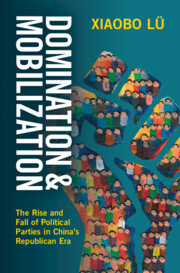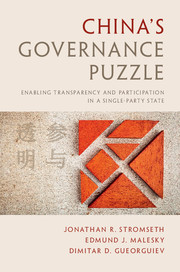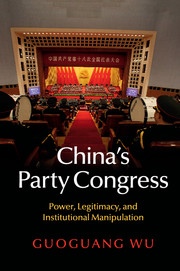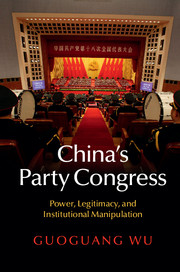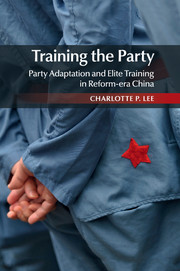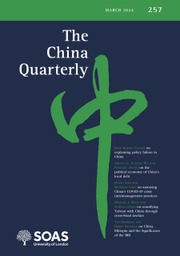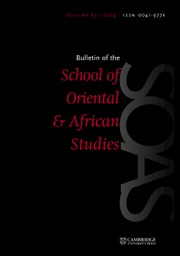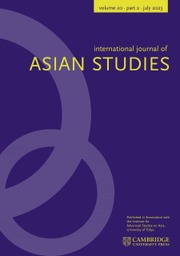Domination and Mobilization
Examining the miraculous rise of the Chinese Communist Party (CCP) and the surprising downfall of the Kuomintang (KMT) in the early twentieth century, Xiaobo Lü reveals that domination and mobilization are key for authoritarian parties to seize state power, challenging the prevailing wisdom on power-sharing and emphasizing the importance of dominant party leaders for organizational strength and resource mobilization. Lü convincingly argues that the CCP's mass mobilization infrastructure, initially seen as a disadvantage before the Sino-Japanese War, became a powerful asset during the war and led to its victory. The KMT's elite mobilization infrastructure, conversely, was decimated by the war, and its lack of a strong leader prevented a successful shift in party-building strategy. Party building subsequently played a pivotal role in shaping the successes and failures of resource mobilization for both parties. The book sheds new light on the origins of the CCP and the inner workings of revolutionary parties, making in a landmark study in Chinese politics.
- Introduces a unified framework to decipher both the ascent of the CCP and the decline of the KMT during China's Republican Era
- Draws on a treasure-trove of new data, documents, and sources from party and government archives
- Establishes a deeper understanding on the role of resource mobilization for the survival and triumph of revolutionary organizations and insurgency groups
Product details
August 2025Hardback
9781009588874
280 pages
229 × 152 mm
Not yet published - available from July 2025
Table of Contents
- 1. The Reversal of Fortune of Revolutionary Parties
- 2. A Theory of Party Building by Revolutionary Parties
- 3. Prewar Resource Mobilization by the CCP and the KMT (1921–1937)
- 4: Reversal of Fortune: Wartime Resource Mobilization by the CCP and KMT (1937‒1945)
- 5. The CCP: Navigating Elite Power Conflicts and Struggling to Build a Mass Mobilization Infrastructure (1921‒1934)
- 6. Mao's Power Consolidation and the Emergence of a Rural Mobilization Infrastructure (1935–1945)
- 7. The KMT: Revolutionary Party Aborted
- 8 The Legacies of Party-Building among Revolutionary Parties in China and Beyond.

